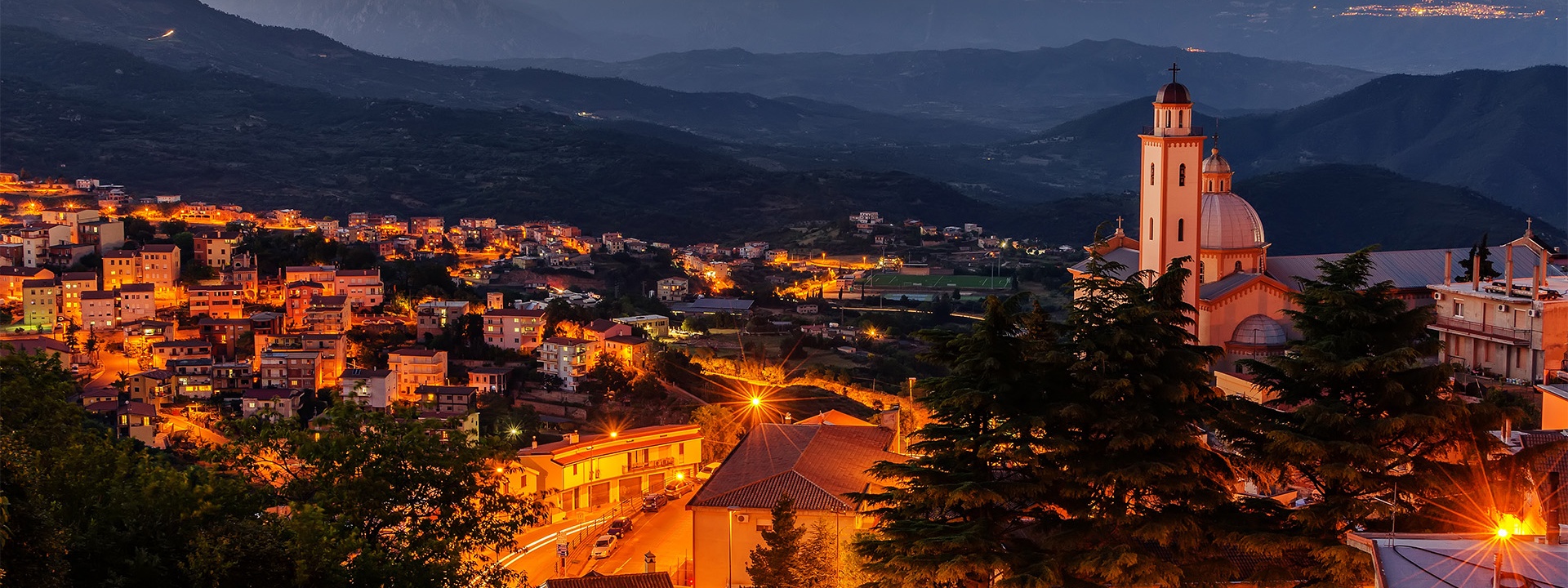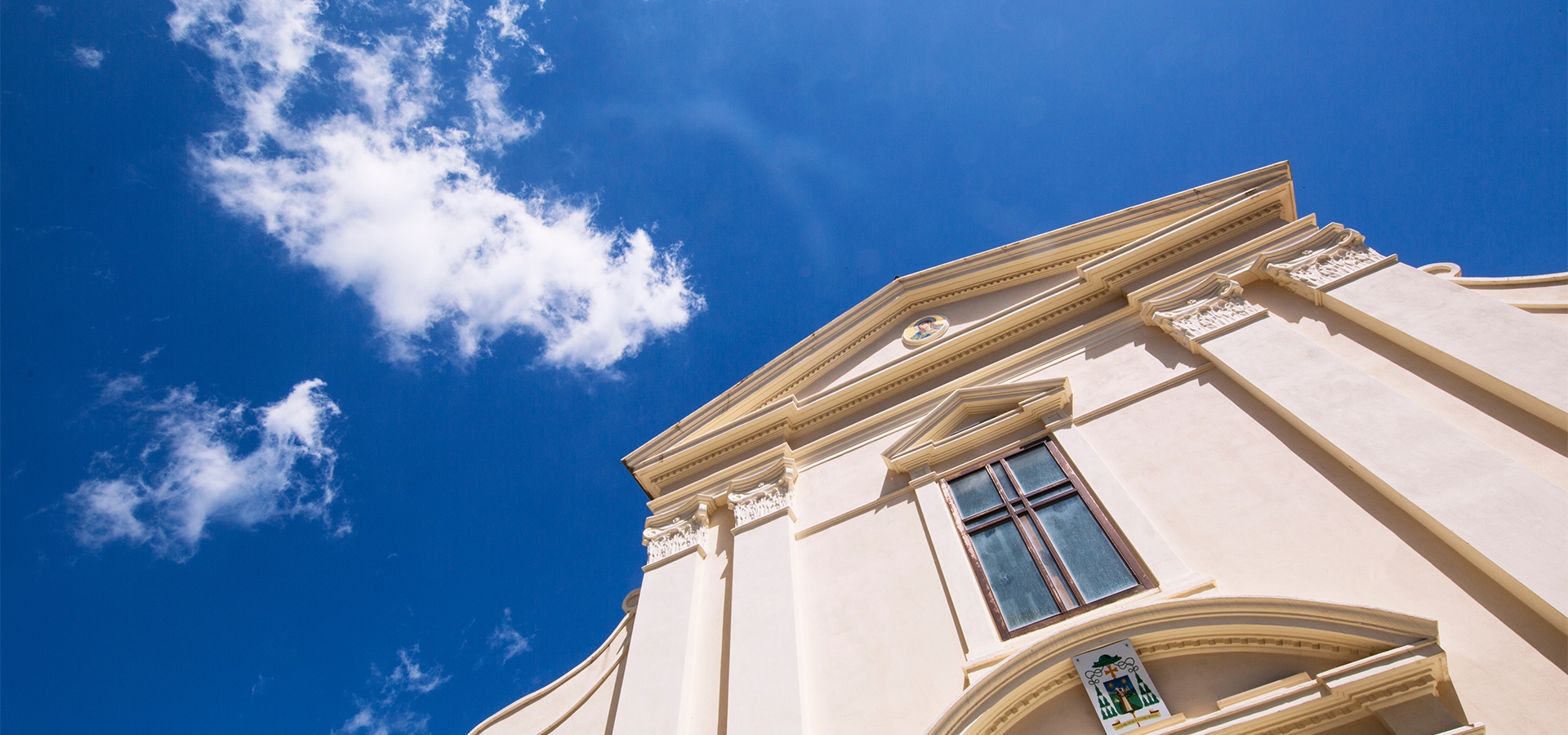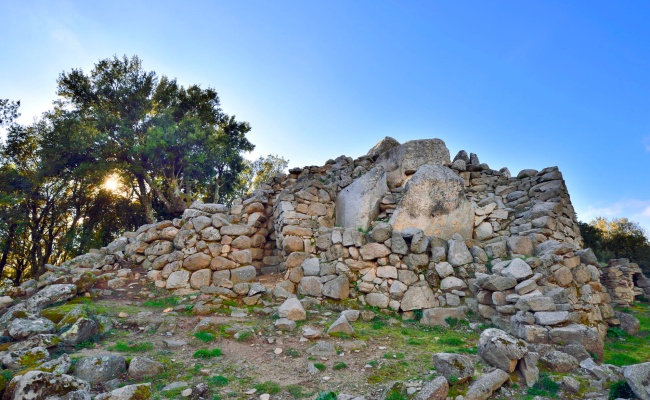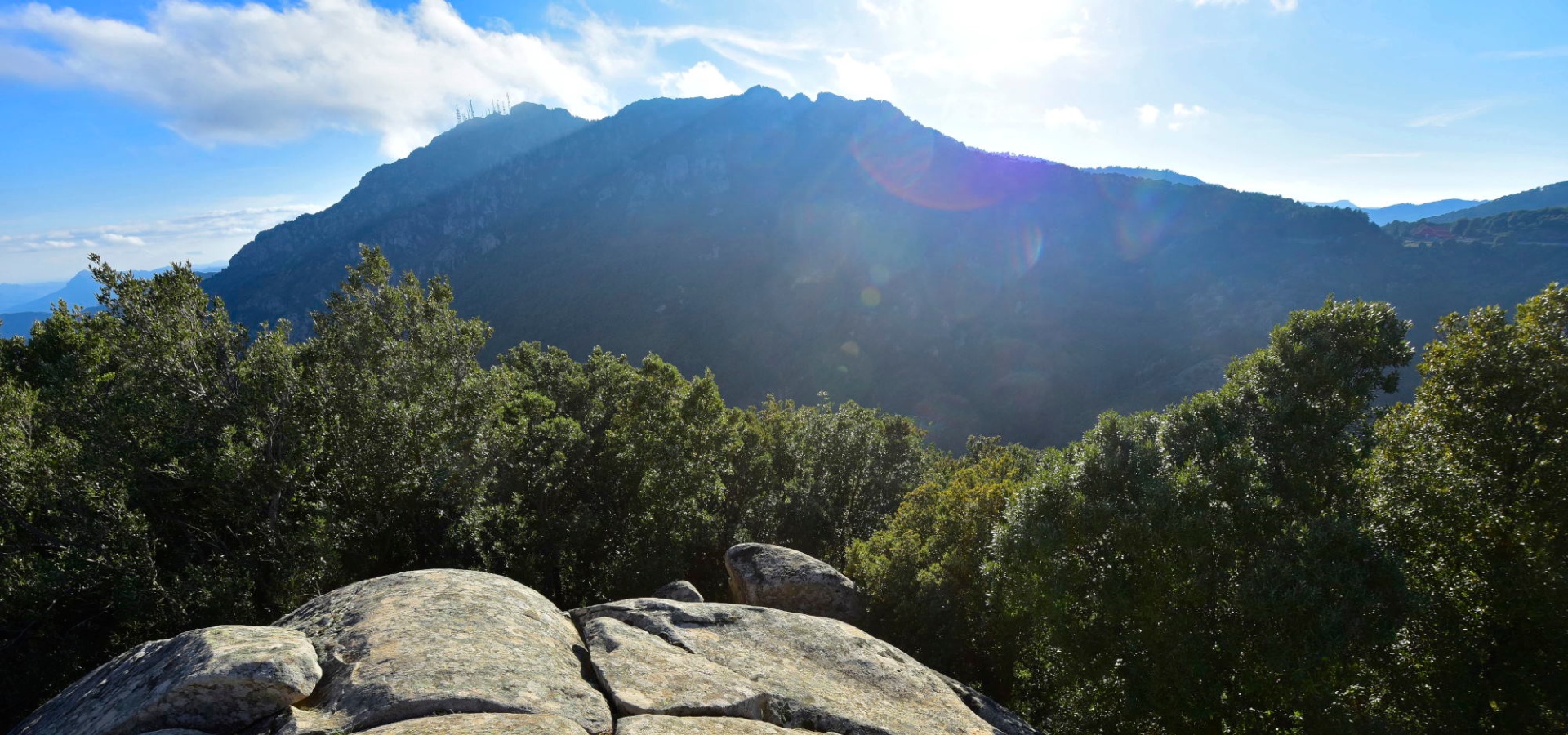Lanusei
Description
Lanusei is a picturesque town on the south-east slope of the Gennargentu massif, combining the typical architecture of a mountain village with quick access to the limpid waters of Ogliastra.
Lanusei is the main administrative centre of Ogliastra, with a hospital, courthouse and other public services, as well as the diocese.
The historical importance of the clergy in the town is primarily due to the presence of the Salesians, who built their first house in Sardinia in Lanusei in 1902. The diocese of Lanusei also includes towns outside the Province of Ogliastra, like Villaputzu in the Province of Cagliari.
Standing out among the town’s monuments and churches we find the cathedral of Santa Maria Maddalena, dating to the sixteenth century and decorated with works by Mario Delitala, and the sanctuary of the Madonna d’Ogliastra.
Notable civic buildings include Palazzo Piroddi, which was designed by the architect Gaetano Cima in the Neoclassical style.
Lanusei also enjoys the prestige of preserving the ancestral home of Goffredo Mameli, composer of the Italian national anthem.
The area was first inhabited in prehistoric times and is dotted with evidence dating to the Neolithic and, on an even larger scale, the nuraghic period, especially on the granitic plateau of Selene, amidst a picturesque holm oak and chestnut forest and natural springs.
Tucked within the woods you find the archaeological park of Selene, which preserves the foundations of a nuragh, various huts from a village and two Giants’ Tombs dating to the Bronze Age.
The tombs still preserve their apse structure, a covered corridor and a facade in the shape of a hemicycle (or exedra).
A short distance from the Selene forest you find Monte Armidda, home to one of Italy’s biggest astronomical observatories, the Osservatorio Astronomico 'F. Caliumi'.
Lanusei is also known for its cherry festival, which is held every year at the end of June.
The town is also one of the stops along the Trenino Verde’s Mandas-Arbatax tourist train route.
 Nuorese Cultural District
Nuorese Cultural District



